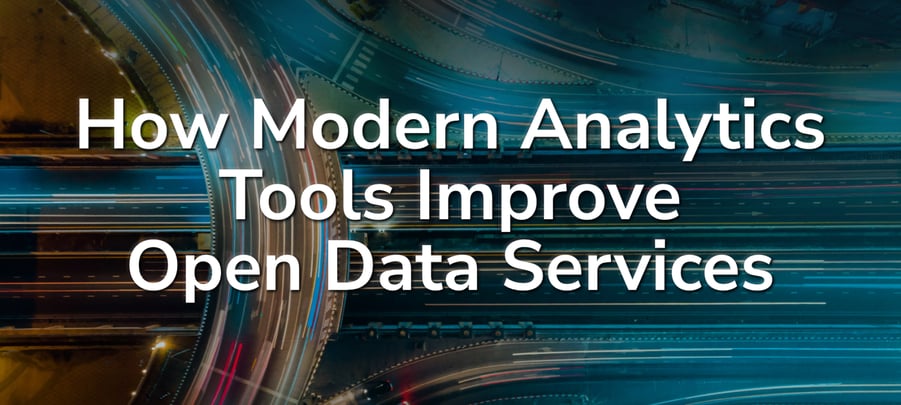Exciting news! Spatineo has been selected as a finalist for the Data Economy Innovation of the Year...
How Modern Analytics Tools Improve Open Data Services

Modern analytics tools can illuminate how geospatial APIs are used. They can reveal which services are most popular, what data is acquired through the API, the geographical areas of interest for those requests, and the origin of these requests. Additionally, they can monitor service availability, track downtimes, and identify performance issues crucial for maintaining high service standards.
Organizations that continuously develop their data catalogues and services based on data-driven decisions tend to have the most satisfied customers. API analytics enable organizations to identify their most-used services and appropriately allocate resources or load balancers. Insights into API usage patterns are also valuable, especially during transitions, such as moving from WFS to OGC API Features. Knowing when to phase out old services without disrupting users or wasting resources is vital. Furthermore, the effectiveness of marketing efforts for services can be measured through API analytics.
While geospatial information can be beneficial, it can also be misused to plan harmful acts like sabotage of critical infrastructure. Although data about critical infrastructure is typically not open, information about its surroundings often is. Potentially dangerous information can be compiled by aggregating data from various sources. However, by analyzing API usage, organizations can potentially identify and thwart sabotage plans or, at the very least, gather evidence to bring perpetrators to justice.
Spatineo Monitor provides a comprehensive solution for monitoring and analyzing geospatial services. It offers several key benefits that can significantly enhance operational efficiency and decision-making processes. One of its primary advantages is delivering detailed insights into who uses your services and what specific data they are accessing. This information is invaluable for identifying geographical areas of high interest, particularly those involving critical infrastructure. Organizations can detect frequently queried regions and adjust their resources and responses to meet user needs more effectively.
Spatineo Monitor Is Easy to Implement and Use
-
-
-
- ⚪ A simple-to-use SaaS interface
- ⚪ No installation or server costs
- ⚪ Analytics and reporting enable information-based management
- ⚪ Possibility to verify the quality and capacity of your service before release
-
-
Several organizations across Europe have already benefited from this advanced monitoring tool. For example, ISPRA Ambiente in Italy uses Spatineo Monitor to fine-tune its spatial data services, ensuring they align with user requirements. The Portuguese Environment Agency has integrated Spatineo Monitor into its operations, enhancing its environmental data services and overall performance. Meanwhile, the Department of Mobility and Transportation of Flanders in Belgium leverages Spatineo Monitor to maintain high levels of reliability and efficiency in their transportation data services.
What sets Spatineo Monitor apart is its ready-made, software-as-a-service (SaaS) model. Organizations can quickly implement the solution without extensive infrastructure investment or long development cycles. Spatineo Monitor offers an out-of-the-box tool that provides immediate value, enabling organizations to monitor and improve their spatial web services immediately.
By adopting Spatineo Monitor, organizations gain a powerful monitoring tool and a strategic asset that helps them better understand and serve their users. Whether optimizing service delivery, enhancing performance, or ensuring the resilience of critical infrastructure, Spatineo Monitor provides the insights and capabilities needed to make informed decisions and drive continuous improvement.

.jpg?width=50&name=Spatineo%20-%20JooWorks%20-%20Henkil%C3%B6kuvat0023%20(1).jpg)


.png?height=200&name=Can%20Blog%20Featured%20image%20(1).png)

